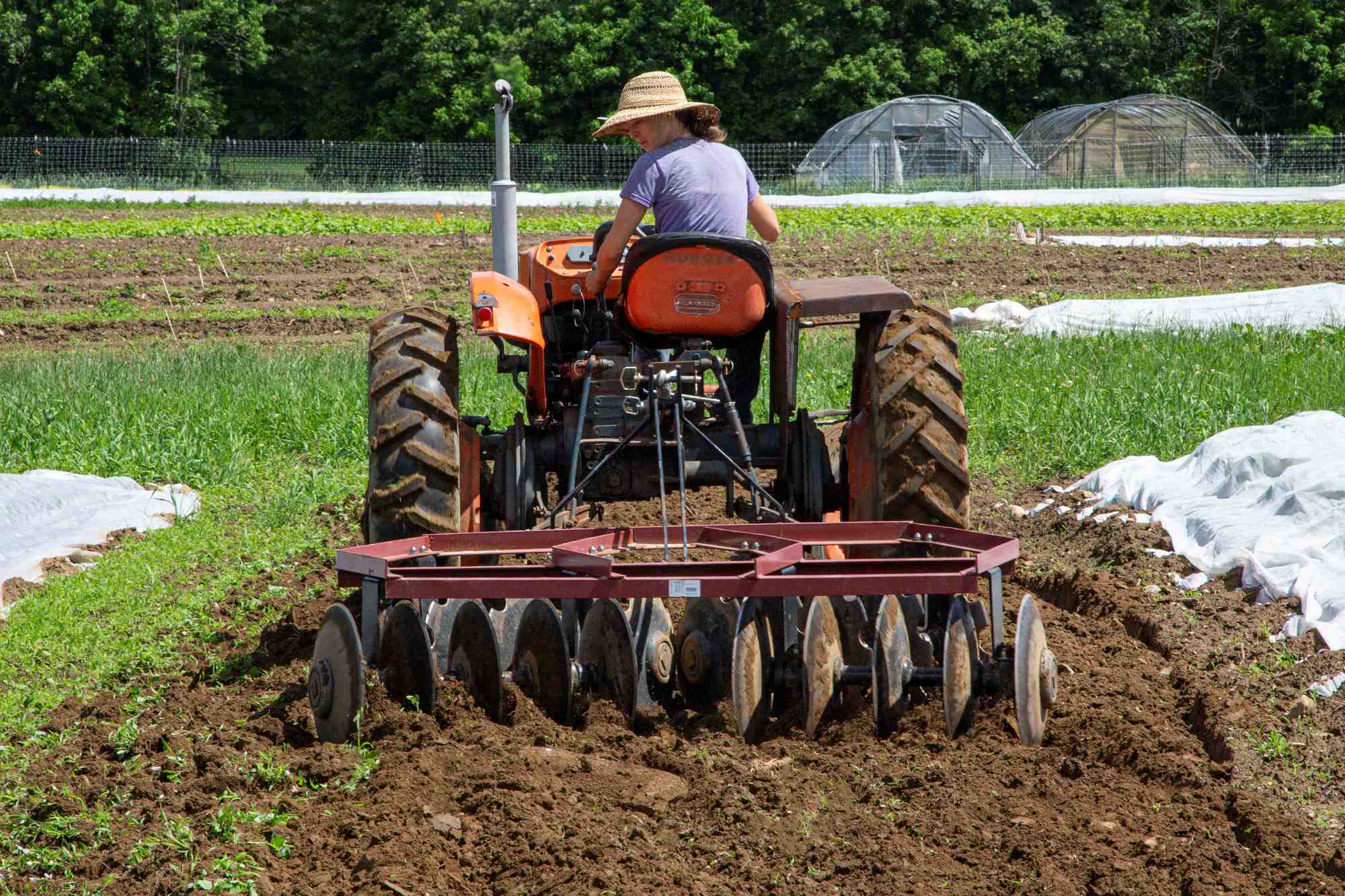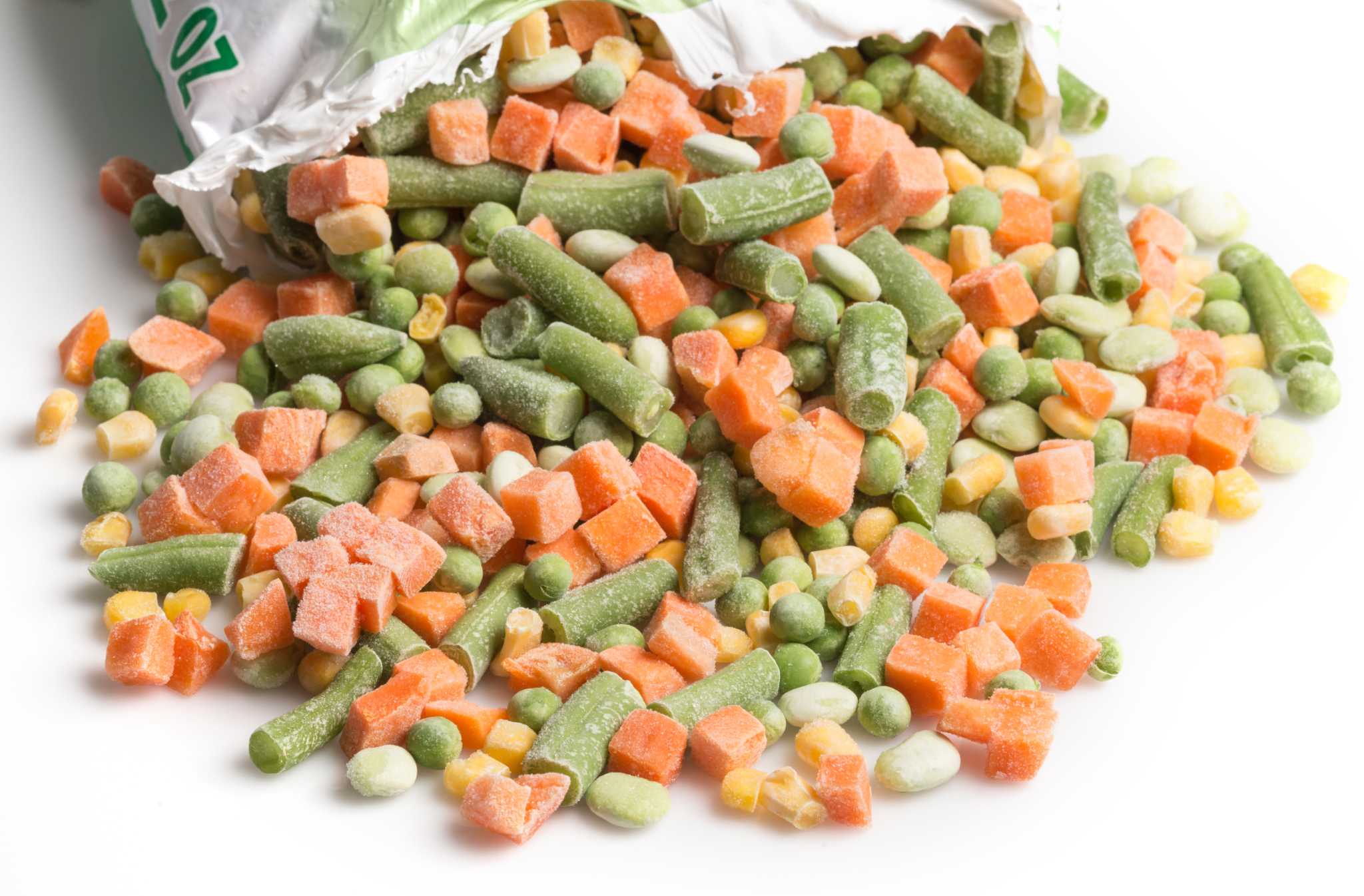Home>Gardening Basics>Understanding Soil>How To Prepare Soil For Garden


Understanding Soil
How To Prepare Soil For Garden
Modified: February 10, 2024
Learn how to prepare soil for your garden with our comprehensive guide. Understand soil types, testing, and improvement for a successful garden.
(Many of the links in this article redirect to a specific reviewed product. Your purchase of these products through affiliate links helps to generate commission for Chicagolandgardening.com, at no extra cost. Learn more)
Table of Contents
- Understanding the Importance of Soil Preparation for Your Garden
- Unearthing the Secrets of Your Garden's Foundation
- Unveiling the Secrets Hidden Beneath the Surface
- Nurturing Your Soil with Nature's Bounty
- Harmonizing Your Soil’s Acidity for Optimal Plant Performance
- Building a Foundation for Healthy Plant Roots and Vigorous Growth
- Cultivating a Thriving Garden Through Informed Soil Preparation
Introduction
Understanding the Importance of Soil Preparation for Your Garden
Preparing the soil for your garden is a crucial step in ensuring the success of your plants. The quality of your soil directly impacts the health and growth of your garden, making it essential to understand how to optimize its condition. By taking the time to prepare your soil properly, you can create an environment that fosters robust plant growth and abundant harvests.
The process of soil preparation involves a series of steps designed to enhance the soil's structure, nutrient content, and pH levels. By addressing these factors, you can create an optimal growing environment for your plants, setting the stage for a thriving garden.
In this guide, we will delve into the key aspects of soil preparation, equipping you with the knowledge and techniques needed to transform your soil into a fertile and nurturing medium for your plants. From understanding your soil's composition to testing its properties and implementing corrective measures, each step plays a vital role in creating an environment where your garden can flourish.
By the end of this guide, you will have a comprehensive understanding of the soil preparation process, empowering you to make informed decisions that will benefit your garden for years to come. Let's embark on this journey to unlock the secrets of soil preparation and pave the way for a bountiful and thriving garden.
Understanding Your Soil
Unearthing the Secrets of Your Garden's Foundation
Before embarking on the journey of soil preparation, it is essential to gain a deep understanding of the soil in your garden. Soil composition varies widely, and factors such as texture, structure, and nutrient content play a pivotal role in determining its suitability for plant growth.
One of the key aspects to consider is the texture of your soil, which can be classified as sandy, loamy, or clayey. Sandy soil is light and drains quickly, while clayey soil is dense and retains moisture. Loamy soil, often considered ideal for gardening, strikes a balance between drainage and moisture retention, providing a hospitable environment for plant roots.
Furthermore, understanding the structure of your soil is crucial. Healthy soil should be crumbly and loose, allowing for proper aeration and root penetration. Compacted soil, on the other hand, hinders root development and water infiltration, posing challenges for plant growth.
Another vital consideration is the nutrient content of the soil. Essential nutrients such as nitrogen, phosphorus, and potassium are fundamental for plant growth. Assessing the presence of these nutrients in your soil is imperative, as it enables you to address any deficiencies through targeted amendments.
By familiarizing yourself with the characteristics of your soil, you can gain insights into its strengths and limitations. This knowledge forms the foundation for effective soil preparation, guiding the decisions you make to optimize its condition and create an environment conducive to plant growth.
Testing Your Soil
Unveiling the Secrets Hidden Beneath the Surface
Conducting a thorough soil test is a critical step in the soil preparation process, providing valuable insights into your soil’s composition and characteristics. By analyzing key parameters such as pH levels, nutrient content, and texture, you can tailor your soil preparation efforts to meet the specific needs of your garden.
The pH level of your soil profoundly influences plant growth, as it affects nutrient availability and microbial activity. Most plants thrive in slightly acidic to neutral soil, with a pH range of 6.0 to 7.0. However, certain plants may have specific pH requirements. By testing the pH of your soil, you can determine if any adjustments are necessary to create an optimal growing environment for your desired plants.
Furthermore, assessing the nutrient content of your soil is essential for understanding its fertility. A comprehensive soil test can reveal the levels of essential nutrients such as nitrogen, phosphorus, and potassium, enabling you to address any deficiencies through targeted amendments. This tailored approach ensures that your plants have access to the nutrients they need for robust growth and development.
Understanding the texture of your soil is also crucial, as it influences water retention, drainage, and aeration. By conducting simple tests to assess soil texture, such as the ribbon test or the jar test, you can gain valuable insights into the physical properties of your soil, guiding your soil preparation efforts.
By investing time in thorough soil testing, you equip yourself with the knowledge needed to make informed decisions about soil amendments and cultivation practices. This proactive approach sets the stage for a well-prepared and nurturing soil environment, laying the groundwork for a flourishing garden.
Adding Organic Matter
Nurturing Your Soil with Nature's Bounty
Introducing organic matter to your soil is a transformative practice that enriches its fertility and structure, creating an optimal habitat for plant growth. Organic matter, derived from plant and animal sources, serves as a powerhouse of nutrients and beneficial microorganisms, fostering a vibrant and resilient soil ecosystem.
One of the primary benefits of incorporating organic matter is its ability to improve soil structure. Organic materials such as compost, well-rotted manure, and leaf mold enhance soil aggregation, promoting a crumbly and well-aerated texture. This improved structure facilitates root penetration and water infiltration, laying the groundwork for healthy and vigorous plant growth.
Moreover, organic matter acts as a reservoir of essential nutrients, gradually releasing them into the soil as it decomposes. This slow and steady nutrient release ensures a sustained supply of vital elements such as nitrogen, phosphorus, and potassium, supporting the long-term health and vitality of your plants.
Another compelling advantage of organic matter is its role in nurturing beneficial soil microorganisms. These microscopic allies play a pivotal role in decomposing organic materials, cycling nutrients, and suppressing harmful pathogens. By fostering a thriving microbial community through the addition of organic matter, you create a dynamic and resilient soil environment that promotes plant resilience and disease resistance.
Integrating organic matter into your soil can take various forms, from incorporating compost into the topsoil to mulching with organic materials to conserve moisture and suppress weeds. This versatile approach allows you to tailor your soil enrichment efforts to suit the specific needs of your garden, creating a harmonious and sustainable ecosystem.
By embracing the practice of adding organic matter, you embark on a journey of soil rejuvenation and plant empowerment. This natural and time-honored technique sets the stage for a thriving garden, where the soil teems with life and vitality, nurturing your plants from root to fruition.
Adjusting pH Levels
Harmonizing Your Soil’s Acidity for Optimal Plant Performance
The pH level of your soil plays a pivotal role in determining its suitability for plant growth, as it directly influences nutrient availability and microbial activity. If your soil’s pH strays from the optimal range for your desired plants, adjusting it can significantly enhance the health and productivity of your garden.
For plants to thrive, the soil pH should ideally fall within a specific range, typically slightly acidic to neutral. However, certain plants may have specific pH preferences, necessitating targeted adjustments to create an optimal growing environment.
To modify soil pH, the addition of amendments is a common practice. For instance, to raise the pH of acidic soil, the application of materials such as agricultural lime or wood ash can help neutralize acidity and bring the soil into the desired range. Conversely, to lower the pH of alkaline soil, the incorporation of elemental sulfur or acidic organic materials such as pine needles can help create a more acidic environment suitable for acid-loving plants.
It is essential to approach pH adjustments gradually, allowing time for the amendments to interact with the soil and for the pH to stabilize. Regular soil testing is crucial during this process, enabling you to monitor the effectiveness of the adjustments and make any necessary fine-tuning to achieve the desired pH level.
By harmonizing your soil’s acidity through targeted pH adjustments, you create an environment where essential nutrients are readily available to your plants, unlocking their full potential for robust growth and vitality. This proactive approach to pH management empowers you to tailor your soil to the specific needs of your garden, setting the stage for a thriving and productive growing season.
Improving Soil Structure
Building a Foundation for Healthy Plant Roots and Vigorous Growth
The structure of your soil is a fundamental determinant of its ability to support plant growth. A well-structured soil provides an optimal habitat for roots to thrive, facilitates essential processes such as water infiltration and nutrient uptake, and fosters a vibrant and resilient ecosystem beneath the surface.
One of the key factors in soil structure improvement is addressing compaction. Compacted soil restricts root penetration and inhibits the movement of air and water, hampering the growth of plants. Techniques such as deep tilling, aeration, and the incorporation of organic matter can help alleviate compaction, promoting a loose and friable soil texture that encourages robust root development.
Furthermore, the formation of soil aggregates plays a crucial role in soil structure. Soil aggregates are clusters of soil particles bound together, creating pore spaces that allow for adequate aeration and water movement. Practices such as incorporating organic matter, minimizing soil disturbance, and promoting the activity of soil-dwelling organisms contribute to the development and stabilization of soil aggregates, enhancing the overall structure of the soil.
Soil structure improvement also involves addressing issues related to drainage and water retention. In soils prone to waterlogging, the incorporation of organic matter and the creation of raised beds can enhance drainage, preventing waterlogged conditions that can impede root respiration. Conversely, in excessively sandy soils, the addition of organic matter aids in improving water retention, ensuring a consistent supply of moisture to plant roots.
By implementing targeted techniques to enhance soil structure, you create an environment that nurtures healthy plant roots and supports vigorous growth. This investment in soil improvement paves the way for a thriving garden, where plants can establish strong and resilient root systems, access essential nutrients, and flourish in a well-structured and nurturing soil environment.
Conclusion
Cultivating a Thriving Garden Through Informed Soil Preparation
Soil preparation is a foundational pillar of successful gardening, shaping the conditions in which plants grow and flourish. By understanding the unique characteristics of your soil, conducting thorough tests, and implementing targeted amendments, you can create an optimal environment that nurtures robust plant growth and bountiful harvests.
Throughout this journey of soil preparation, the importance of understanding your soil’s composition and structure cannot be overstated. By gaining insights into its texture, nutrient content, and pH levels, you lay the groundwork for informed decision-making, tailoring your soil preparation efforts to meet the specific needs of your garden.
Testing your soil provides invaluable data that guides your approach to soil amendments, ensuring that you address any deficiencies and create a fertile and balanced growing environment. Whether adjusting pH levels or incorporating organic matter, each action is a deliberate step toward optimizing your soil’s condition and fostering a thriving ecosystem.
The integration of organic matter enriches the soil with essential nutrients, nurtures beneficial microorganisms, and improves its structure, setting the stage for vigorous plant growth. Furthermore, the strategic adjustment of pH levels harmonizes the soil’s acidity, unlocking the full potential of essential nutrients and creating an optimal habitat for your desired plants.
Improving soil structure through targeted techniques such as alleviating compaction, promoting the formation of soil aggregates, and addressing drainage issues enhances the soil’s capacity to support healthy root systems and vigorous growth. By prioritizing soil structure improvement, you cultivate an environment where plants can thrive and flourish.
As you embark on the journey of soil preparation, remember that each action you take contributes to the creation of a nurturing and productive soil environment. Your dedication to understanding, testing, and enhancing your soil sets the stage for a thriving garden, where plants can reach their full potential and reward you with a bountiful harvest.
Armed with the knowledge and techniques gained from this guide, you are well-equipped to embark on your soil preparation journey with confidence, paving the way for a vibrant and flourishing garden that will bring joy and abundance for seasons to come.






